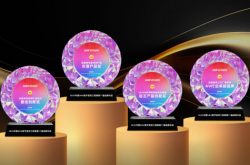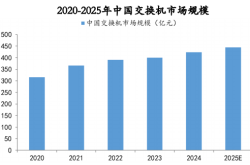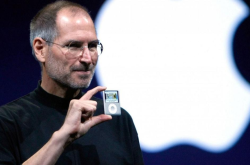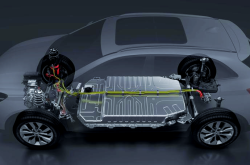Revisiting the Appeal: The Surprising Rise of Gasoline Cars
![]() 08/21 2025
08/21 2025
![]() 562
562
Introduction
Amidst the buzz around electric vehicles (EVs), gasoline cars are staging a quiet comeback, fueled by advancements in intelligence and substantial price reductions.
Phrases like "Who still buys gasoline cars in this era?" and "Once you drive an electric car, you'll never want to touch a gasoline car again" have become common refrains among auto industry leaders and EV enthusiasts. Social media comment sections are abuzz with the impending arrival of a new era, intensifying the perceived confrontation between gasoline and electric cars. It seems that gasoline cars, once the epitome of the old era, are now overshadowed by their electric counterparts, which represent the future. Consequently, gasoline cars have been met with declining external evaluations, often labeled as having high operating costs, poor NVH (Noise, Vibration, and Harshness), limited scenario-based experiences, lackluster intelligence performance, low playability, insufficient emotional value, and overall obsolescence.
However, a recent survey report from J.D. Power, a leading global consumer insights and market research institution, reveals a different story. The report shows that the product charm index of gasoline cars is on the rise, and user satisfaction with gasoline cars has hit a new high in recent years.
This revelation seems to contradict current industry and public opinion perceptions. Are gasoline cars truly becoming more popular?
01 Are Gasoline Cars Being Overlooked?
Upon reading this conclusion, many may question the objectivity of J.D. Power's survey. However, those familiar with the industry know that J.D. Power has over 50 years of experience in automotive research. Its scientific research methods, large-scale sample data, and in-depth analysis capabilities have earned it a high reputation within the automotive industry. Therefore, this report can, to a certain extent, reflect the true state of the industry.
The survey and evaluation measured various aspects of the experience of new gasoline car owners within 2 to 6 months of purchase, ultimately integrating the vehicle elements that excite and delight new car buyers. The result is that the overall charm index of China's gasoline car industry in 2025 reached 751 points (on a 1,000-point scale), an increase of 14 points from 2024, marking the largest increase in the past five years.

This result indeed contrasts with many people's perceptions of the current market and industry opinion. However, by rationally analyzing this result in conjunction with the current market status and environment, one can understand how this deviation arose.
Firstly, public opinion is somewhat misleading, naturally favoring the trendy side. New energy and intelligent vehicles are indeed the direction and trend, so more hot topics, discussions, and public opinion reports naturally lean towards new energy vehicles, and attention to traditional gasoline cars decreases, creating the illusion that "gasoline cars are no good."
Furthermore, a new batch of internet companies and new car manufacturing forces have different strategies from traditional automakers. They are particularly adept at utilizing new media channels to influence public opinion and consumer perceptions. Sales rankings and weekly rankings of new forces are the most typical manifestations. Traditional gasoline car companies have been slower in this transformation, leading to a biased perception among the audience that "new energy and intelligent cars are hot, while traditional gasoline cars are out of favor."
Additionally, gasoline cars are currently dominated by joint venture automakers. With the rise of domestic brands in the new energy field, domestic consumers' admiration for joint ventures has decreased. Although they continue to buy joint venture cars, they talk about them less and discuss them less, creating a certain level of misunderstanding due to information cocoons.
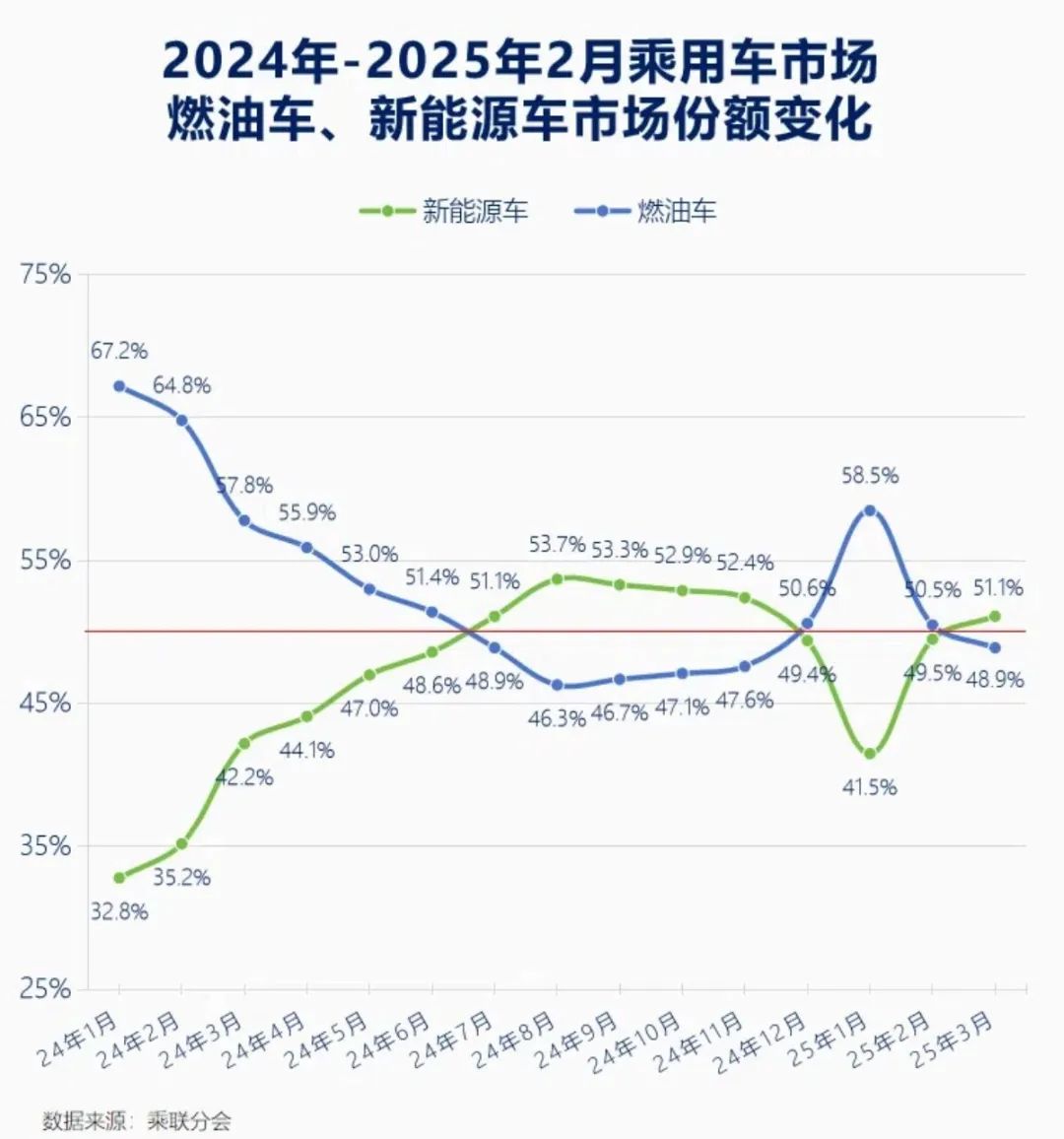
Secondly, from a data perspective, gasoline car sales in the first half of this year were 5.426 million units, a slight year-on-year decrease of 1.8%, with a market share of 49.6%, basically the same as that of new energy vehicles, which accounted for only 51% of the market. In fact, since July 2024, the penetration rate of new energy vehicles in China's auto sales data has exceeded 50%. In other words, after reaching a certain level, the penetration rate of new energy vehicles has stagnated, with gasoline and new energy vehicles maintaining a roughly one-to-one share.
If it occupies half of the market, then gasoline cars can still be considered very mainstream, and this result will continue for a long time in China's more diversified auto consumption trends and concepts.
From the perspective of various market segment rankings, gasoline cars still occupy a mainstream position. Taking the sedan sales ranking in the past six months as an example, Nissan Sylphy, Volkswagen Lavida, Volkswagen Sagitar, and Volkswagen Passat still rank among the top ten, followed closely by Toyota Camry and Volkswagen Magotan. Moreover, excluding three economical pure electric vehicles priced between 30,000 and 80,000 yuan among the top ten, gasoline cars still occupy a core position in the A-segment and B-segment car markets.
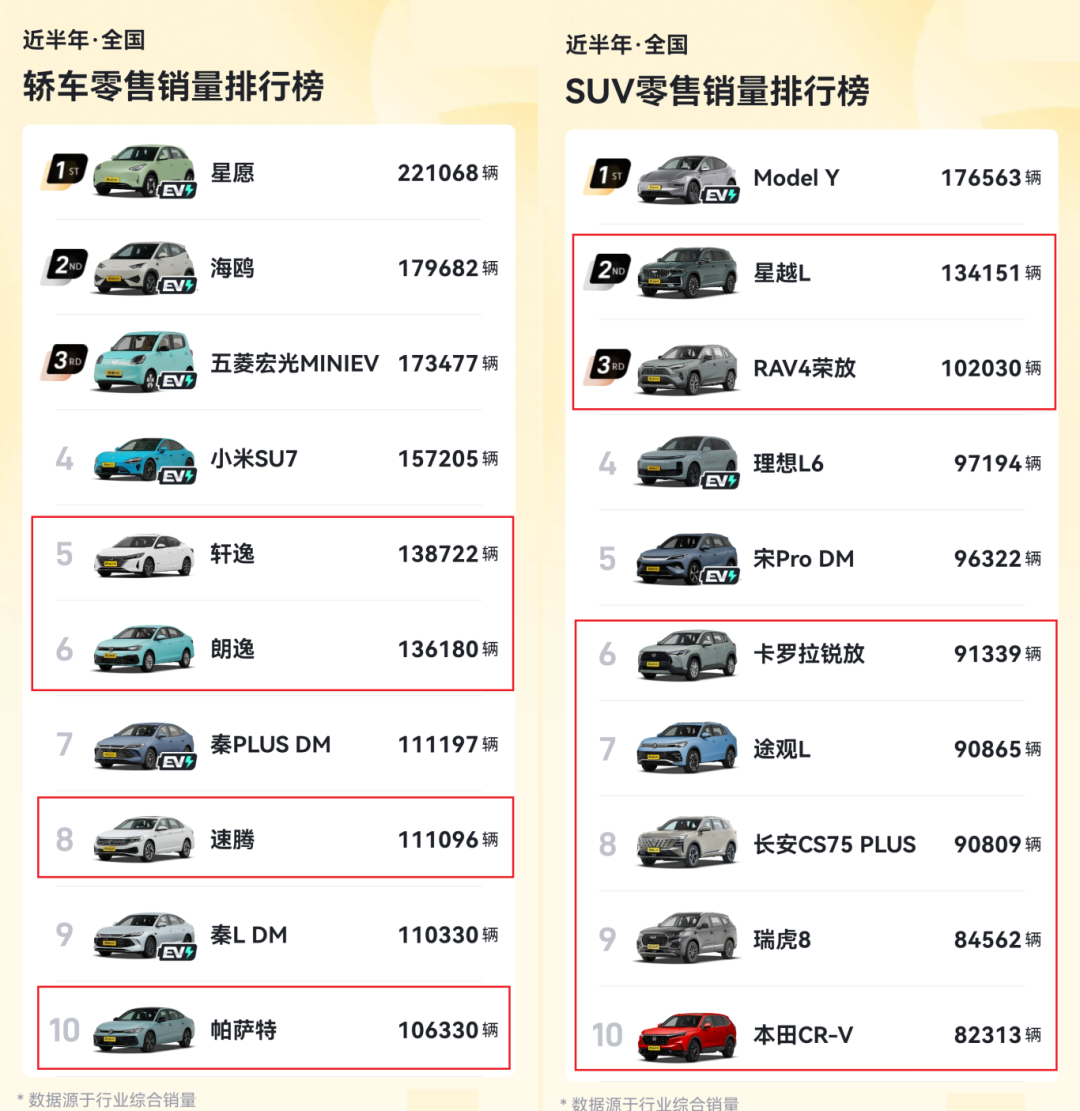
The same is true in the SUV market. In the past six months, only Tesla Model Y has taken the top spot among the top three SUVs, with the second and third places being taken by Geely Xingyue L and Toyota RAV4, respectively. Among the top ten, in addition to these two models, the list also includes Toyota Rizer, Volkswagen Tiguan L, Changan CS75, Ruihu 8, and Honda CR-V. Following them are Volkswagen Tayron, Geely Boyue L, and Toyota Rush. Gasoline cars still occupy an important position in meeting consumers' travel needs.
J.D. Power's data shows that 35% of gasoline SUV users engage in off-road driving at least once a month (compared to 28% for new energy SUV users). In addition, the average annual mileage of gasoline SUV users is 13% higher than that of new energy SUV users. These users rely more on the core attributes of gasoline SUVs, such as long range, immediate refueling and departure, and strong load capacity, which are currently difficult for new energy SUV products to fully replace. "Without gasoline cars, the European auto industry will collapse!" A few days ago, Ola Källenius, CEO of Mercedes-Benz, warned EU policymakers about the "ban on internal combustion engines" policy in Germany's newspapers, using an almost tragic tone.
In fact, overseas automakers have long understood that gasoline cars cannot be stopped. Audi abandoned its goal of full electrification by 2033, announcing that it will continue to develop internal combustion engines and launch a new gasoline car platform, PPC, in the next decade. Mercedes-Benz lowered its target for electric vehicle sales to account for 50% by 2030, from the previous 100%, clearly stating that "high-tech gasoline engines with electrification will serve longer," and will continue to update its gasoline car lineup in the next decade. The Volkswagen Group announced in 2024 that it would invest 60 billion euros in developing the next generation of gasoline engines, accounting for one-third of its total R&D budget, and suspended the construction of its fourth battery factory to instead increase gasoline car production capacity...
So many data and facts prove that gasoline cars still have great potential.
02 Overlooked Progress
Returning to J.D. Power's survey report, the importance of gasoline cars has not diminished. So, how has the charm index of gasoline cars improved?
The data shows that the increase in consumer satisfaction is mainly due to improvements in factors such as fuel economy (+17 points), ease of getting in/out (+13 points), exterior styling (+12 points), interior design (+12 points), and setup and start (+12 points). From a brand perspective, Chinese independent brands (745 points) have shown significant improvement in charm performance (+32), jointly driving the overall industry score up with mainstream brands (+11 points).
Clearly, we can also identify the key elements of the increase in gasoline car charm from some market phenomena. For example, the improvement in fuel economy is mainly due to the upgrading of German car engine technology, the comprehensive popularization of Japanese hybrid vehicles, and the optimization of domestic brands in powertrains, as well as the use of 48V technology in luxury cars, allowing better control of overall fuel consumption.
For instance, Volkswagen's fifth-generation EA888 engine is fully applied, featuring many innovative technologies that not only deliver more powerful performance but also achieve more extreme optimization of fuel consumption. According to feedback from Teramont Pro owners, daily commuting fuel consumption is basically 8-9L/100km, and it can be as low as 7L on highways, which is about 1L lower than the third-generation model. For a mid-to-large SUV, this is already very economical. The Talagon's 48V mild-hybrid system, on the other hand, reduces fuel consumption by 20% compared to traditional gasoline cars through intelligent start-stop technology.
Japanese brands such as Toyota and Honda have fully opened up their hybrid technology, reducing the fuel consumption of mid-size or large cars like the Camry and Sienna to 4-5L per 100km. More luxury cars, such as Mercedes-Benz, have basically popularized the 48V mild-hybrid system, which can improve fuel economy by having the electric motor intervene during low-speed driving, reducing the WLTC combined fuel consumption of mid-to-large sedans like the Mercedes-Benz E-Class to 6-7L per 100km.
With lower fuel consumption, consumers save on fuel costs, and coupled with the mature technology and good economies of scale of gasoline cars, which bring more reliable and consistent products, gasoline cars have relatively fewer problems on various complaint lists, and consumer reputation naturally improves.
Another example is intelligence, which many people are talking about now. In fact, the intelligence of gasoline cars has already caught up with the times. Products like Volkswagen's Passat not only feature an upgraded large central control screen and a passenger entertainment screen but also come with advanced intelligent driving assistance, making the intelligent cockpit and intelligent driving experience of gasoline cars no less impressive than current electric vehicles. In particular, Audi's new A5L uses Huawei's intelligent driving assistance, bringing its intelligent driving capability into line with the first tier.
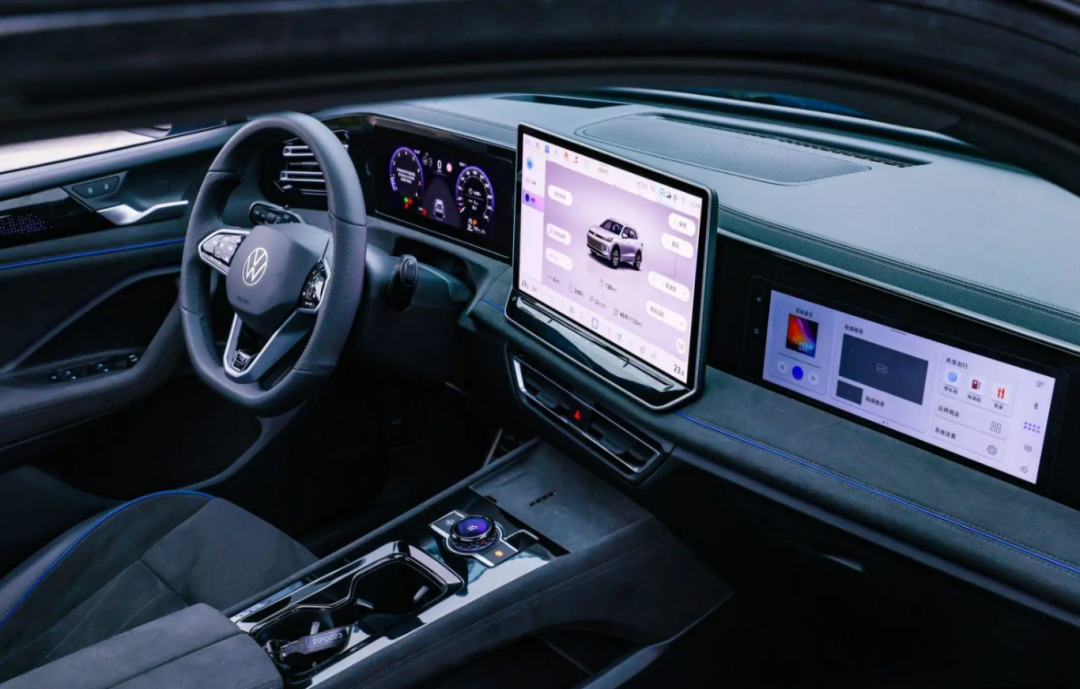
Changan's fourth-generation CS75 PLUS not only upgrades its exterior styling but also makes significant upgrades to the interior's technological and luxurious atmosphere, including the installation of zero-gravity seats and the use of AI large models. Geely's China Star series, Xingrui and Xingyue L, are also constantly being updated. In addition to carrying the Flymeauto infotainment system and upgrading to more powerful powertrains, Xingyue L also comes standard with a CCD variable damping suspension system across the lineup. The configuration, functionality, and value perception provided to consumers are also constantly improving. The latest announcement shows that Geely's latest Qianli Haohan H3 driving assistance system is being implemented for the first time in gasoline cars, which will fundamentally change the shortcoming of insufficient intelligence in Geely's gasoline cars and also boost the intelligent optimization and upgrading of the overall gasoline car market.
Just as after the launch of Geely's fourth-generation Boyue L, it took third place in the SUV market in July. Behind this success is the comprehensive upgrade of the intelligent cockpit, as well as direct improvements in user-perceived product strength such as interior refinement and comfort configurations, laying the foundation for the popularity of such gasoline car products.
Of course, the most critical factor is price. Due to fierce market competition, the prices of many gasoline cars have further declined. It was once said that gasoline and electric cars had the same price, but now there are many models where gasoline is cheaper than electric. Especially after BYD announced its 998 and 798 models, the price reduction of gasoline cars has intensified. For example, A-segment gasoline cars like Changan Eado and Geely Dihao have directly adjusted their starting prices to just over 50,000 yuan, with configurations and performance on par with original 100,000-yuan models.
The prices of traditional gasoline cars from joint venture brands, such as Lavida, Sylphy, and Civic, have also been halved, with terminal starting prices of only around 80,000 yuan; models like Accord, Camry, Passat PRO, and Teana have starting prices of over 120,000 yuan. This means that with a car purchase budget of 100,000 yuan today, one can easily afford a model that used to cost 150,000 yuan, equivalent to enjoying the experience of a joint venture B-segment sedan with the money that used to buy a joint venture A-segment sedan.
Gasoline cars have been improving their product capabilities rapidly, coupled with continuous volume increases in terminal market prices and various subsidies for incremental purchases and replacements. In fact, the cost-effectiveness of gasoline cars has increased over the past one or two years. Under such a price system and competition, gasoline cars are not only worry-free, with inexpensive insurance and maintenance, and no range anxiety, but consumer satisfaction has also naturally increased significantly.
With intelligence and significant price reductions, gasoline cars are truly appealing!
To be frank, new energy vehicles (NEVs) are undeniably excellent, particularly in terms of their cost-effectiveness for daily use. However, they may not be the perfect fit for everyone and every situation. For instance, some camping scenarios and advertising gimmicks are more marketing fantasies than practical needs. Many consumers' cars may never encounter these scenarios throughout their lifespan, especially for office workers and employees who simply lack the time for such activities. They primarily seek a mode of transportation that provides shelter and reliability.
Following rapid advancements, electric cars now face challenges such as depreciation from new models affecting the value of older ones, low resale values, high insurance premiums, and inconvenience in refueling in certain areas, where the cost of recharging can rival that of gasoline. It is only natural that their initial allure has dimmed and the enthusiasm surrounding them has cooled.
Editor-in-Chief: Cui Liwen Editor: Wang Yue
THE END

